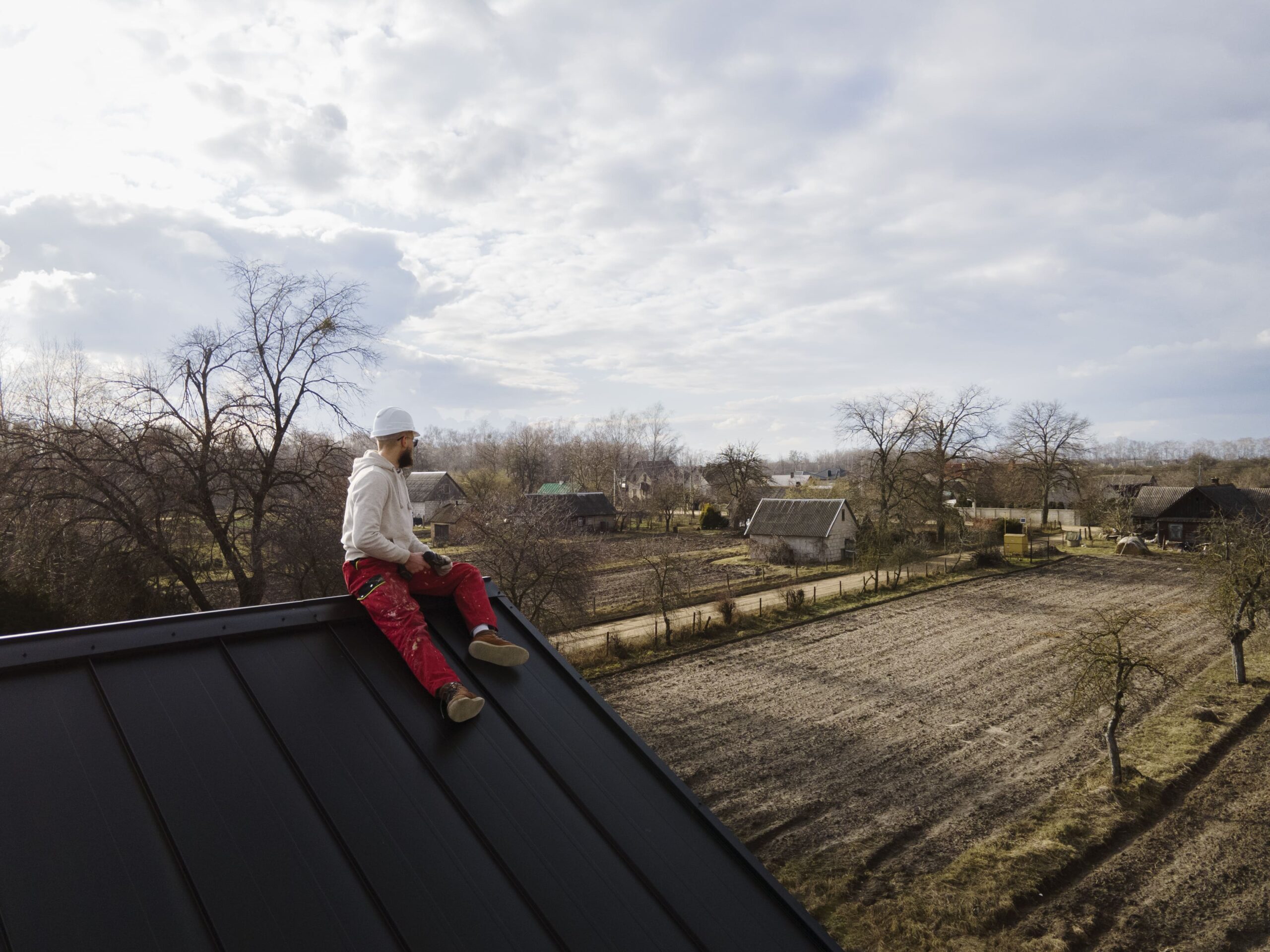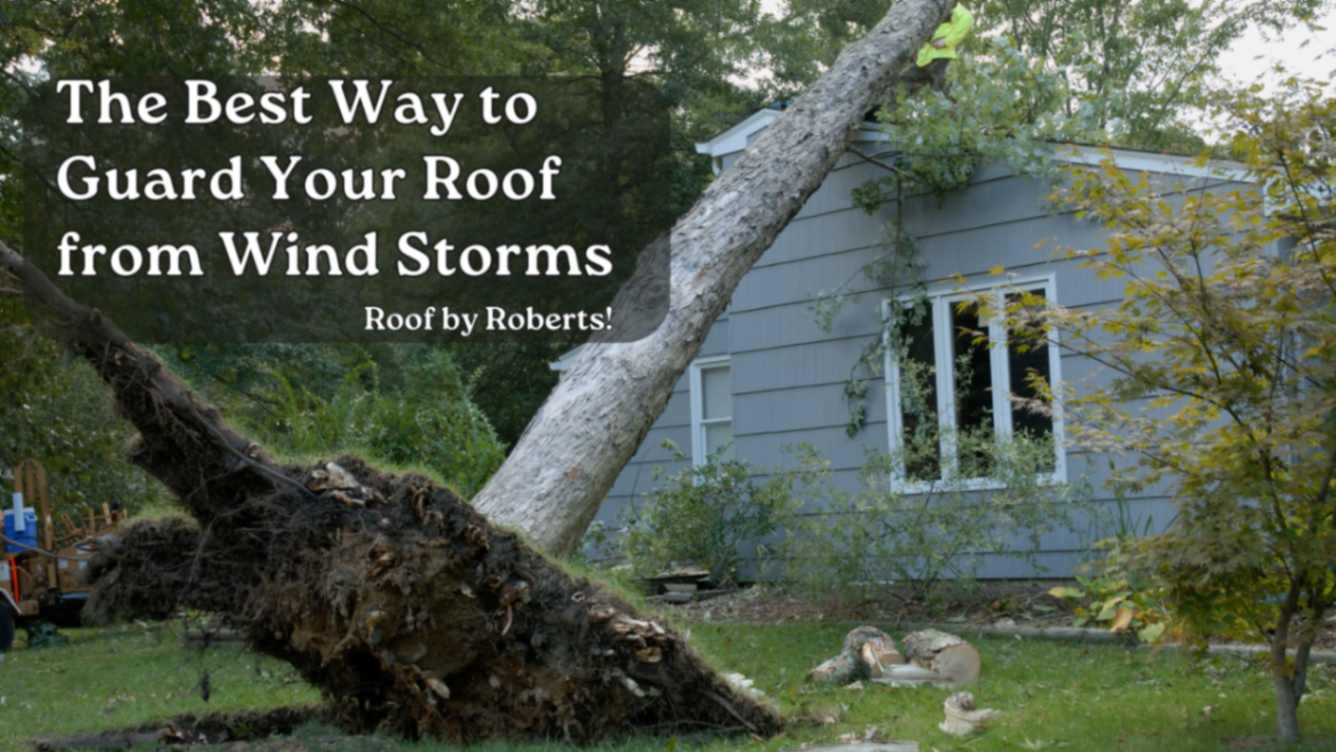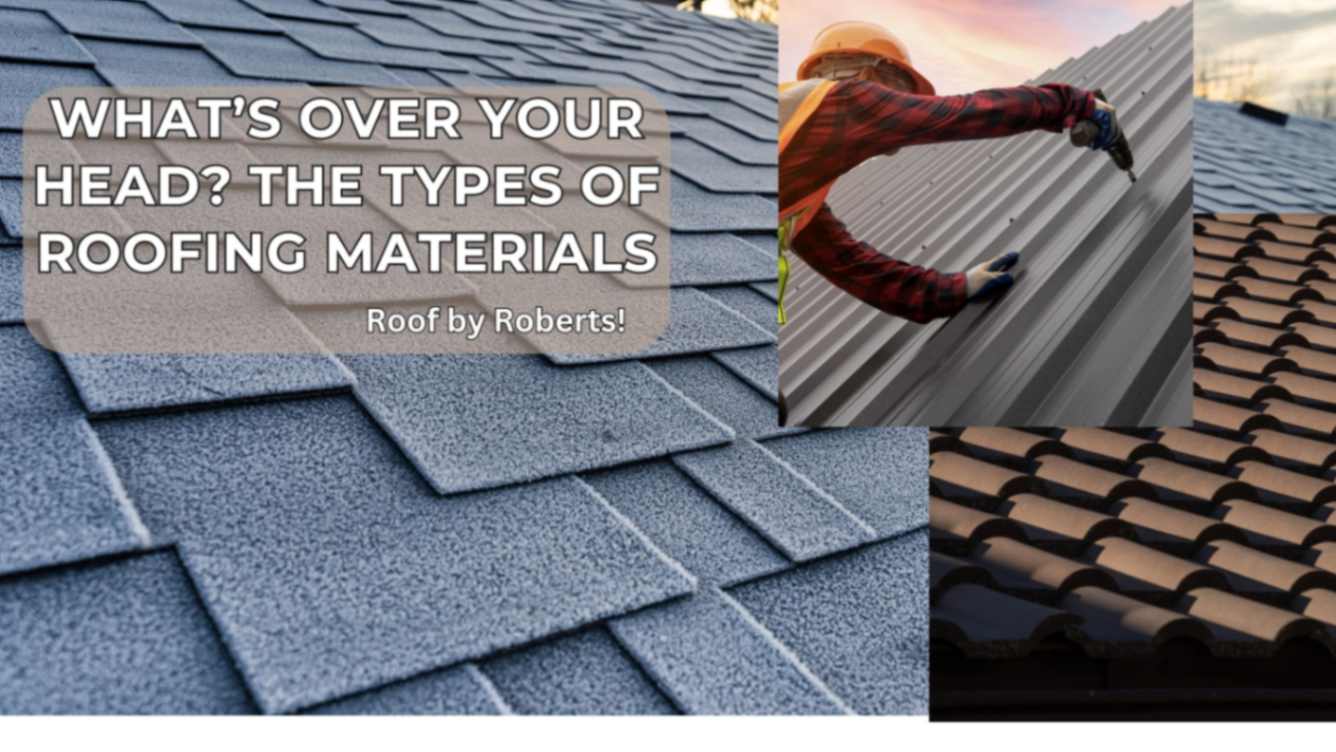Roof protection is essential for their longer lifespan for this purpose you may need to understand why your roof was damaged by the storm. If there has been a storm recently, you should definitely spend some time looking for storm-related damage on your roof.
Our roofing firms are usually busiest just after a storm. It occurs when homeowners discover that their home is a little bit wetter than they would have liked due to preexisting damage that was exposed by the wind and rain.
How can one respond to a storm? The finest course of action, in our opinion, if there isn’t an immediate leak is to stroll about your property and look for indications that the storm caused damage to any items, particularly to your roof.
Signs of storm damage:
- Wind damage:
. Wind damage occurs when buildings, plants, or even some other things are destroyed or affected by very strong winds. It may happen when there is terrible weather like storming, a hurricane, a cyclone, or when there are strong breezes. Wind damage may show itself differently if exposed to intense and prolonged wind effects.
- Granule Loss:
Granule loss is normal, particularly when a roof is brand new. Granule loss associated with storm damage appears as distinctive horizontal lines. This shows the location of the fractured shingle seal. As shingles flap in the wind and come into contact with other surfaces, granules rub off.
- The seepage of water:
Wind damage is the primary cause of the majority of obvious leaks that reach the building’s ceiling. These situations result in weakened roof shingles and roof underlayment, which let water seep into the attic or higher rooms of the structure.
- Missed Shingles:
Cracked or peeling shingles are quite likely to come off when wind speeds are above sixty miles per hour. While warranties from roofing manufacturers do cover strong winds, the projected wind speed that a roof can withstand is predicated on a brand-new, well-maintained roof.
- Hail Damage:
Hail damage refers to the harm caused to property, specifically by hailstones, during severe weather. It forms when strong updrafts lift raindrops into freezing temperatures, causing hailstones to fall. The size and intensity of these hailstones may differ greatly from small pellets to large pieces that have great destructive potential.
Signs of Hail Damage:
- Clogged Gutters:
Clogged gutters should always be cleared immediately after a storm. When gutters are broken, water flows directly to the foot of the house. At times it can cause damage to the foundation and potentially become dangerous. Inspect all gutters as well as downspouts for bending and disconnection.
- Ice Dams:
Ice dams develop when snow melts and freezes at the edge of shingle roofs because they were not properly maintained. Water ends up being trapped on the roof, hence forming ridges of ice, thus contributing to the chances of leaking. Consequently, they are very easy to spot since they are usually quite big. Among other things, water from snowmelt that is flowing off the shingles may freeze as it reaches the roof’s overhang and eaves. Such water may become shielded for some period of time because the ice ridge prevents it from escaping the roof. Such events are remarkably straightforward.
- Tree Damage:
Tree damage is a term used to describe any injury to trees that is commonly as a result of natural phenomena such as storms and heavy winds or diseases. In most cases, it leads to broken limbs or fallen branches, trees being uprooted from their positions, as well as damages done to the trunk and canopy. The results can either damage properties or be causes of accidents, particularly when trees fall onto buildings, cars, or electric cables.
Signs of Tree Damage:
Check out these 3 indications of tree damage:
- Broken or Split Branches:
The branches are affected with visible cracks, partial detachment, or completely broken-off parts from the tree. They are results of forceful winds, heavy snow, or the buildup of ice.
- Leaning or Uprooting Trees:
Structural harm is indicated by trees that lean a great deal or are moved entirely out of their roots. It happens because of severe storms accompanied by intense winds.
Final Thoughts:
Roofs save us from any kind of harsh weather, like heavy wind, thunderstorms, and snow. When you experience some issues regarding your roof and you don’t know why your roof was damaged by a storm. For inspecting the issue, you may need to concentrate on some significant factors. When damage occurs by the storm, it comes with lots of issues, such as missing shingles, clogged gutters, ice dams, broken split branches, etc. Contact us for more information.



